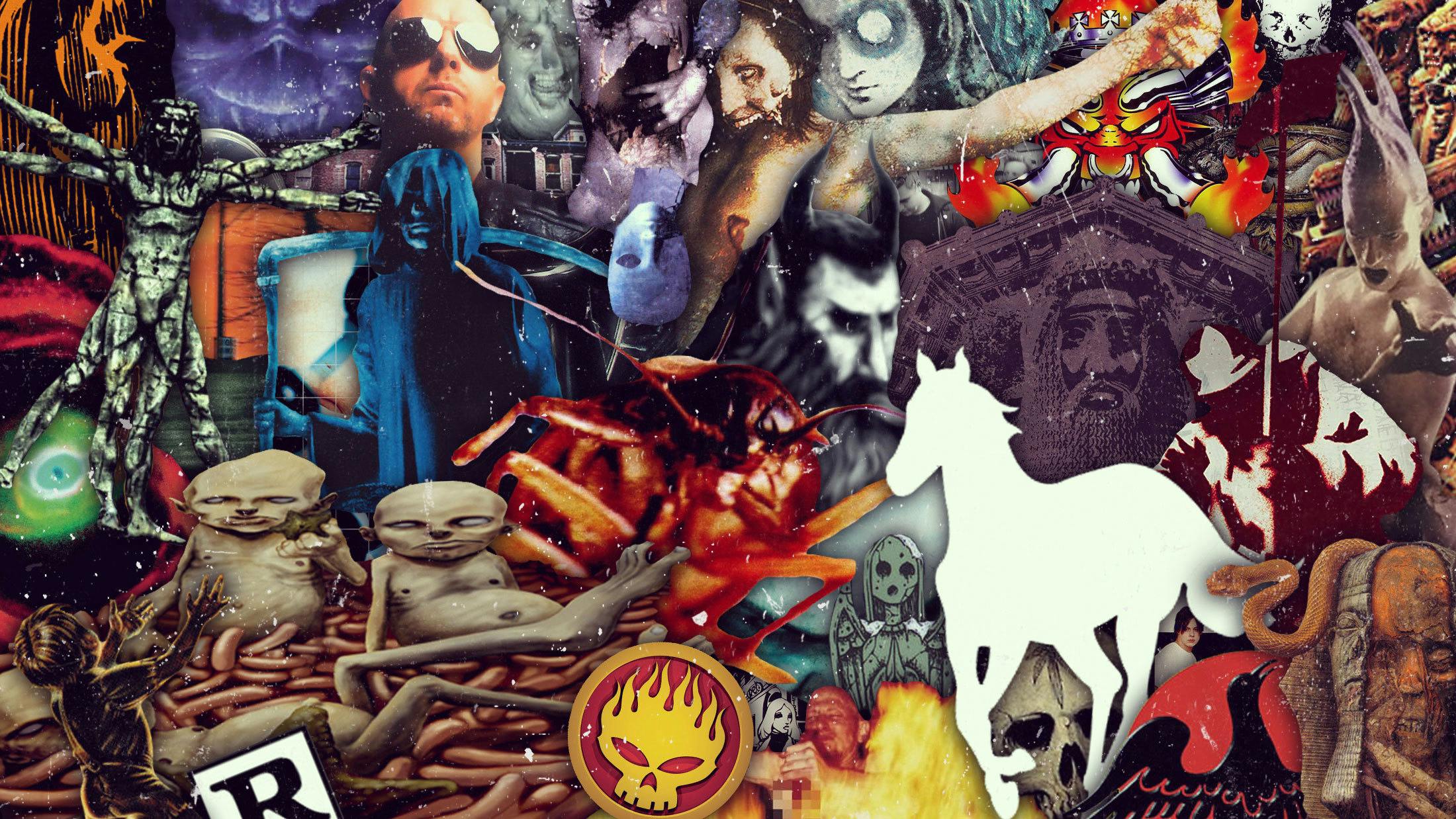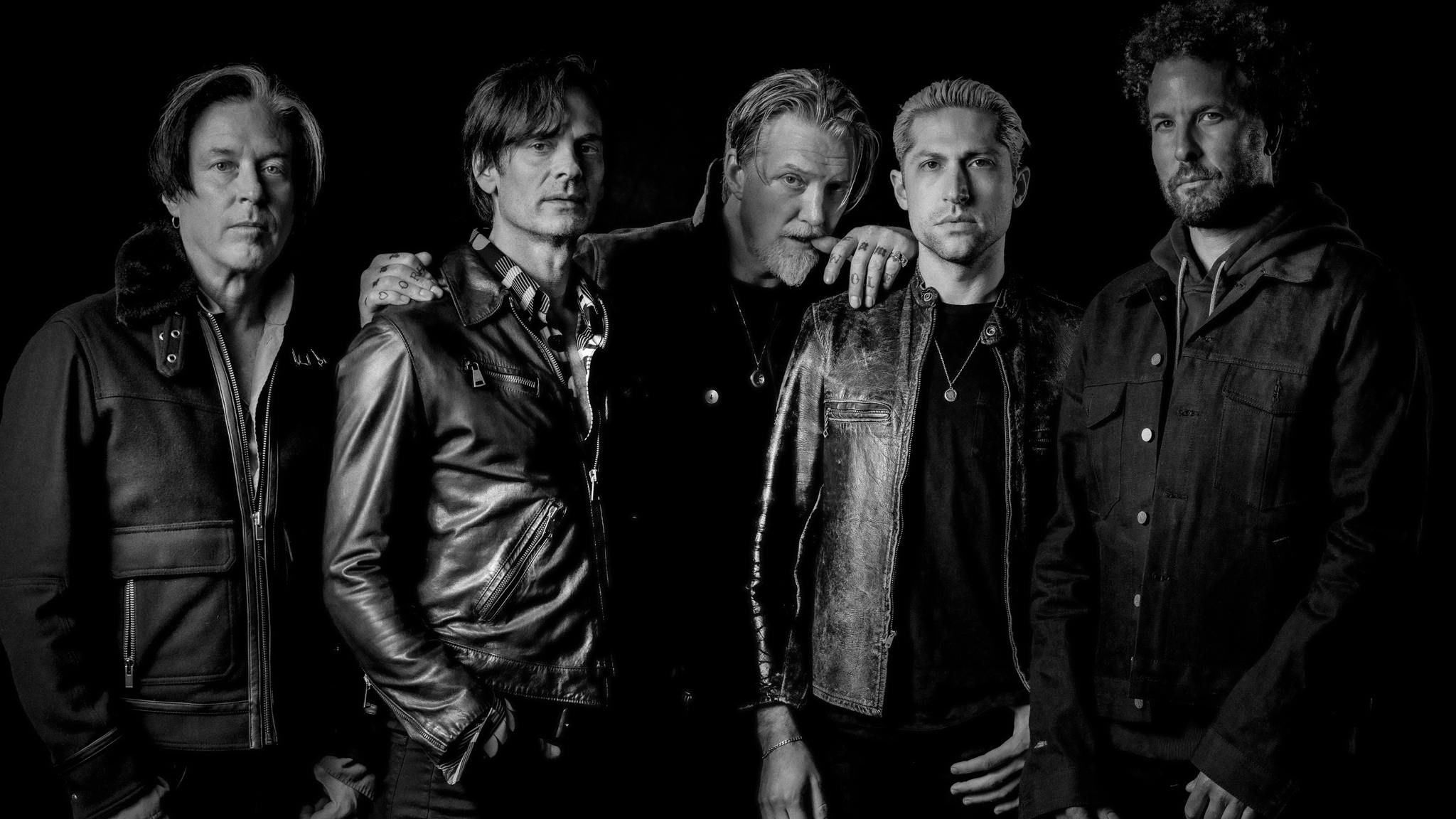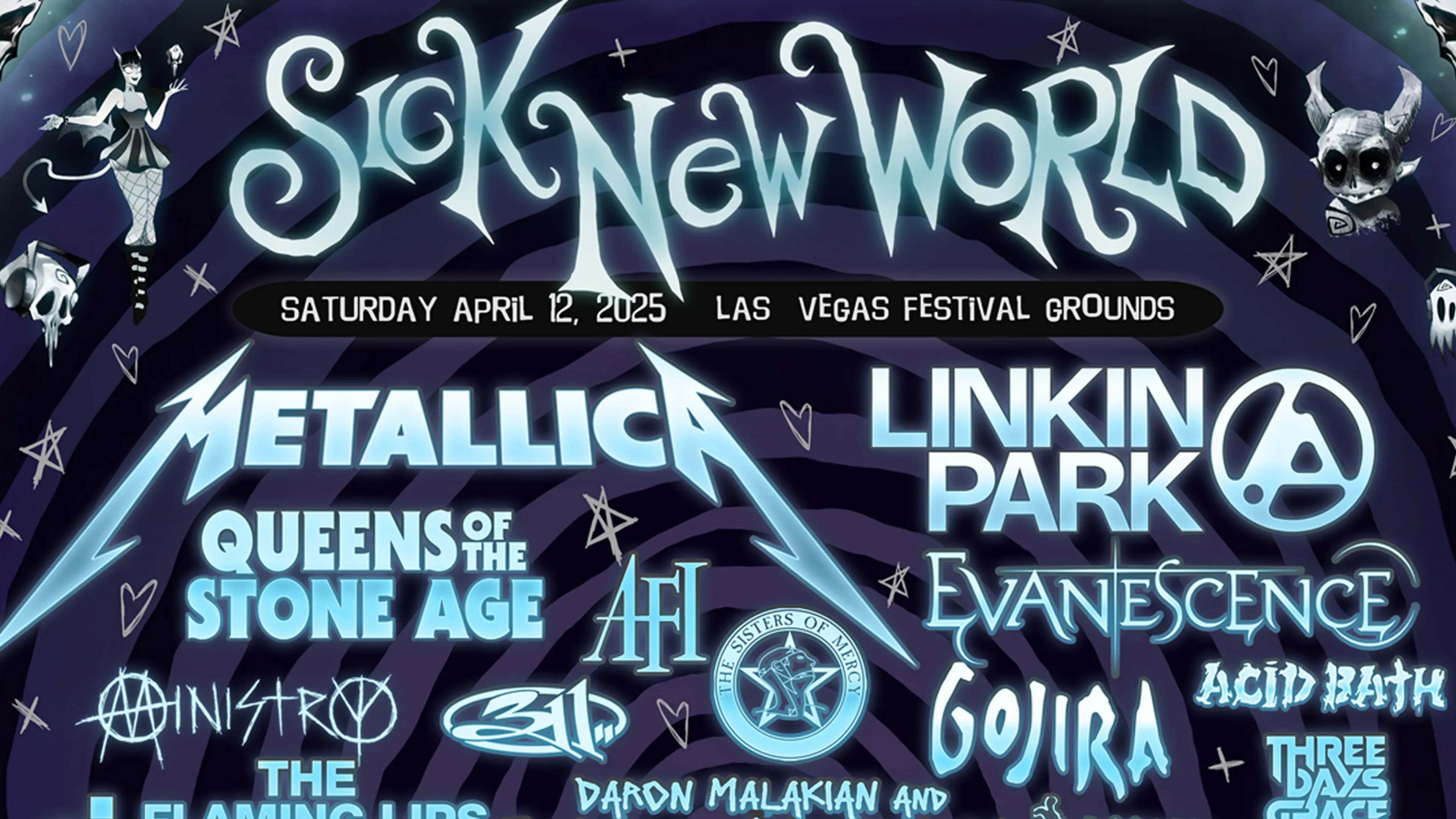As with the rest of human existence, the year 2000 was a time of rapid, digitised change for rock music. Stylistically, the '90s grunge revolution was a fading memory, while the nu-metal that had taken its place had largely jumped the shark, morphing from the angsty, edgy, downtuned sound of the outsider to a mainstream-straddling pop cultural force owned by fat cats attempting to monetise teenage rebellion. Traditional punk and metal were still on the wane, while pop-punk only pulled further towards the norm. In many ways these were the last throes of the music industry gravy-train – and many of the bands riding it.
At the same time, a new breed of artists – and some sleeping giants – recognised the possibilities in play. The widespread popularisation of mp3s with Apple’s first iPod might’ve still been a year away, but rapidly-evolving technology and the Napster controversy proved that music was about to become unimaginably easier to make, advertise and distribute. The world was growing smaller in front of our eyes, and music was to be a new ambassadorial force. Our collation of the stand-out albums of the year makes for a vibrant (and only occasionally cringe-inducing) trip down memory lane…







